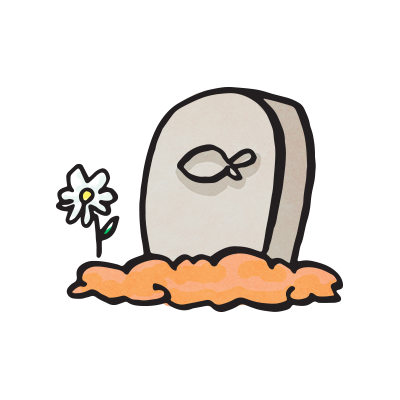

Dumping anything out of an aquarium—fish, animals, and plants—can have devastating consequences for Texas' natural waterbodies. This is true for both freshwater and saltwater aquariums. Never dump them into a natural body of water or flush them down the toilet.
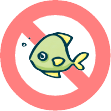


THE NEXT INVASIVE SPECIES COULD COME FROM YOUR AQUARIUM.
Your aquarium fish, animals and plants are likely not native to Texas. This makes them an invasive species. When they’re dumped into the wild they can introduce disease or become serious predators, killing off local fish colonies, and damaging reefs and vegetation that keep our underwater ecosystem alive and healthy.
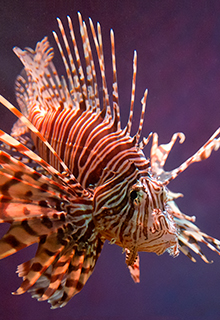
the lionfish invasion
What started as a beautiful pet is wreaking havoc on our coastal ecosystem. Lionfish are from the West Pacific Ocean and don’t belong here. They are believed to have been released in Florida by unsuspecting aquarium owners and have been spreading rapidly since. This aggressive and venomous fish can grow up to 19 inches long and has no natural predators here. It has become a major pest causing enormous ecological and economic damage. This invasion has reduced the number of local fish like juvenile grouper and snapper, shrimp and crab species. They can also completely strip reefs. If you see one, report it immediately.
See the whole story on how the Lionfish has become a threat.
THE PLECOSTOMUS, A FRESH WATER INVADER
Also known as a “suckermouth”, “algae eater” or “armored catfish”, the plecostomus is another example of an aquarium fish that was released into the wild and has grown out of control. They are voracious consumers of aquatic plants and wood, and contribute significantly to erosion in areas of infestation. They also create deep burrows under banks, which cause undercutting and bank collapse. What seems harmless in your tank can be a major threat to the ecosystem outside of it.
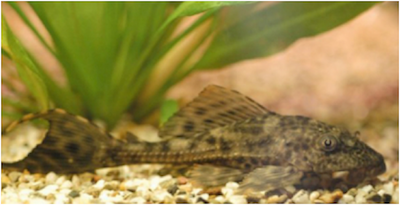
In the aquarium.
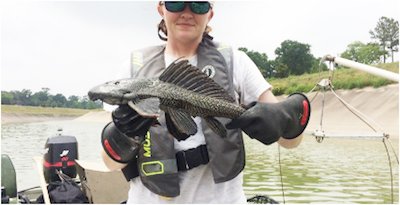
Released in the wild.
RESPONSIBLE WAYS TO GET RID OF YOUR AQUARIUM LIFE
If you can’t keep your aquarium fish, plants, or animals (snails, shrimp, etc.) anymore, there are responsible alternatives to get rid of them. Plants can be thrown away in the trash, but you’ll need to dispose of your fish and animals more thoughtfully.

find a new family for your fish
If your fish is healthy, try to find it a new home. You can give it away to a friend with an aquarium, or maybe even the store you bought it from. You can also donate your fish to a school, business or another aquarium hobbyist.

sell or trade your fish
Check around on aquarium forums and blogs online, as someone may want to buy your fish to add to their aquarium, or you may even be able to trade it for something else.

humanely euthanize
If you can no longer care for your fish and cannot find them a new home, euthanasia might become an option. There are humane options for ending your fish’s life.

For more information, call Texas Parks and Wildlife Dept. at 512-389-4620 or email cfish@tpwd.texas.gov.
Download Responsible Ways to Get Rid of Unwanted Aquarium Life (PDF, 123 KB)


